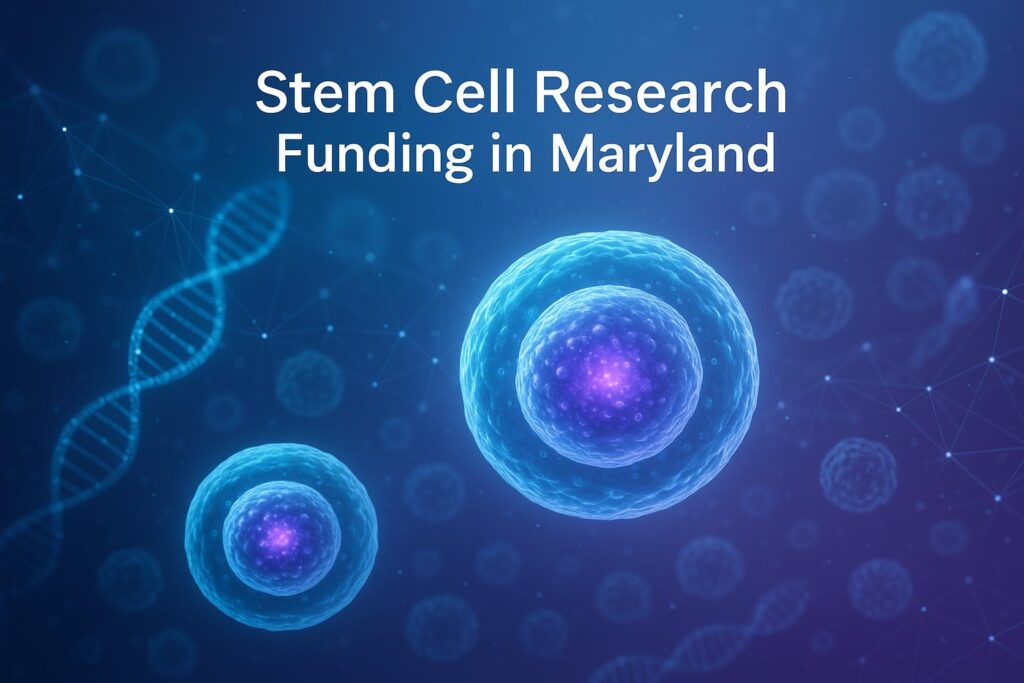This animated video explains the purpose and procedure of Autologous Stem Cell Transplants for blood cancer patients.
Video Transcript:
Autologous stem cell transplants are a type of treatment for certain blood cancers that require very high doses of chemotherapy or radiation to treat their disease. Chemotherapy or chemo may kill cancer cells, but it also kills healthy blood-forming cells called stem cells.
When stem cells are damaged, your body isn’t able to produce the right amount of blood cells it needs, which means you might need a stem cell transplant to replace those stem cells that are killed by chemo. These healthy replacement stem cells then restore your body’s ability to make healthy blood cells.
When the healthy stem cells come from your body, that’s called an autologous transplant. When the stem cells come from another person, a donor, that’s called an allogeneic transplant.
Autologous transplants may be performed in a hospital or clinic, depending on your center, insurance, and caregiver situation. To get ready for transplantation, your stem cells are collected before cancer treatment and reinfused after treatment. Stem cells are mostly in your bone marrow, but they can be stimulated with medication to travel out into your blood.
When stem cells are taken this way, it’s called a peripheral blood stem cell transplant. When stem cells are collected from your bone marrow, it’s called a marrow transplant, which is not as common. After the stem cells are collected, you will receive additional therapy to prepare your bone marrow to receive the healthy stem cells. At some point after chemo or your last radiation dose, you’ll be ready for the transplant. The stem cell infusion is similar to a blood transfusion and the stem cells will be infused through your central venous catheter.
After that, the stem cells then move into your bone marrow, where it will take one to two weeks for normal blood cells to then be produced. While your blood cells continue to develop and return to normal levels, you may feel fatigue and experience other side effects related to therapy that you received before transplant. Your risk of infection is higher than normal for at least three months. You will get guidance on how to prevent infection, including washing your hands and social distancing.
Side effects and outcomes are different for everyone, and your doctor can help you weigh all the factors and decide whether stem cell transplantation is the best option for you.
For more information visit the Leukemia and Lymphoma Society’s website.
*** All content on NationalStemCellTherapy.com is for informational purposes only. All medical questions and concerns should always be consulted with your licensed healthcare provider.



